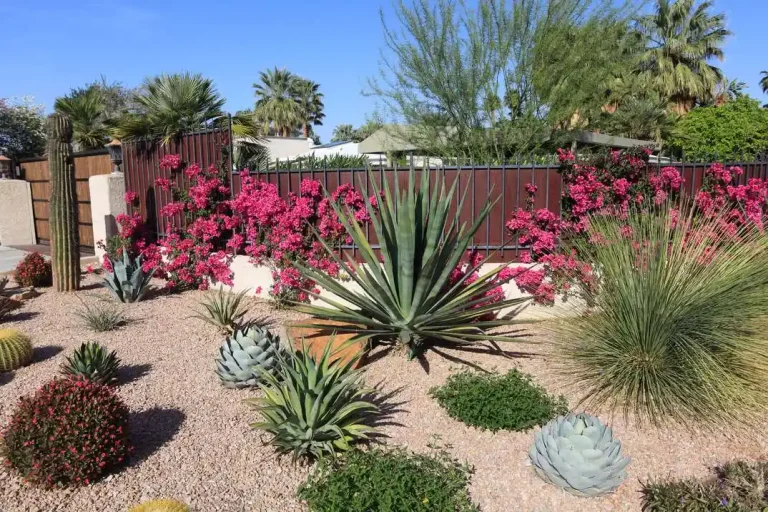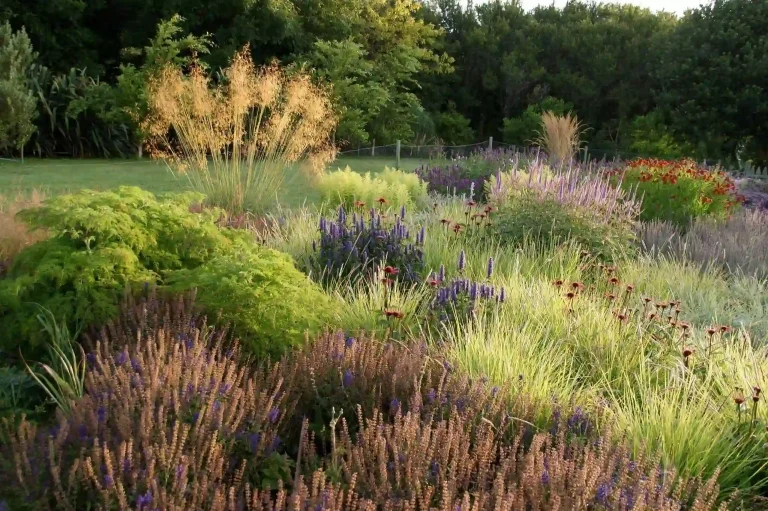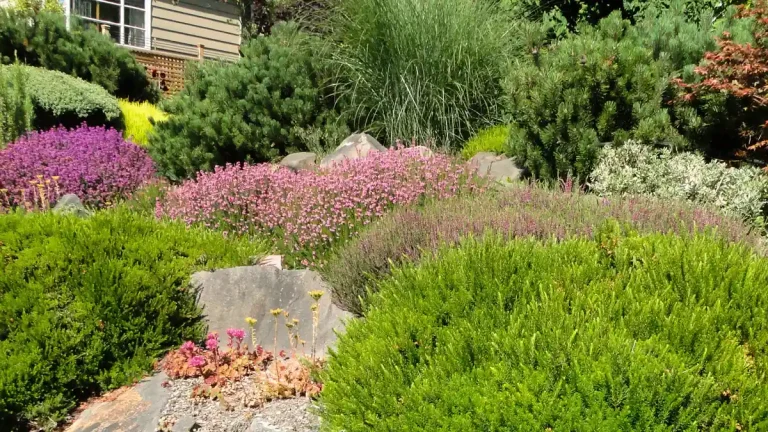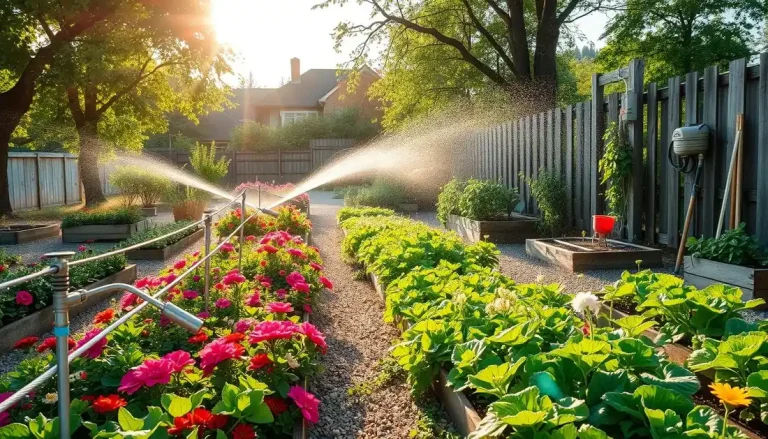Mulching and Soil Enhancement for Drought Resistance: Ultimate Guide
Plants rely on soil moisture, but bare, exposed soil under heat can lose water rapidly through evaporation, while compaction, poor structure, and low organic matter make infiltration inefficient. Mulching and soil amendments work in concert to address these weaknesses.
When you apply a layer of mulch, you create a barrier between the soil and the atmosphere. This barrier reduces the direct sun and wind impact, slowing evaporation, buffering soil temperature fluctuations, and suppressing weeds (which would otherwise compete for scarce water). Over time, as mulches decompose, they build organic matter, improving soil structure, aggregation, porosity, and water retention.
In parallel, soil amendments such as biochar, humic acids, coir-based products, or enhanced compost blends improve the capacity of soil to hold water, increase infiltration, buffer pH, feed microbial life, and stabilize aggregates. Together, mulching + soil enhancement form a synergy: the mulch conserves water, while the soil can better retain, distribute, and supply that water to plant roots.
Research confirms that proper mulching can increase soil moisture by 4 %–40 % depending on material and climate. In many dryland trials, mulch plus amendments have reduced irrigation needs, improved plant growth, and stabilized soil health under water stress conditions.
How Mulching Enhances Drought Resistance
Moisture Retention and Evaporation Control
One of the primary functions of mulch is to reduce soil surface evaporation. A well-applied mulch layer shades the soil, moderates temperature, and traps moisture near the surface, making more water available to roots for longer periods. In drought periods, this moisture buffering becomes vital.
Mulched soil has been shown in trials to maintain moisture levels significantly higher (sometimes up to 50 %) compared to bare soil under similar conditions. The mulch layer also slows down rapid drying after irrigation or rain, giving water more time to infiltrate deeper rather than evaporating quickly.
Temperature Regulation and Thermal Buffering
Soil temperature swings, especially under sun exposure, stress plant roots. Mulch acts as an insulating blanket, keeping the soil cooler during peak daytime heat and warmer overnight. These moderated temperatures help roots function more effectively, which matters a lot when water is limited.
By reducing temperature-induced stress, mulch helps maintain root activity, water uptake efficiency, and overall plant health during heat waves or dry spells.
Weed Suppression and Competition Reduction
During drought, competition for water between plants and weeds intensifies. Mulch acts as a barrier to weed germination because it blocks sunlight, disrupting weed seed sprouting. Fewer weeds mean less competition for limited moisture and nutrients.
Additionally, reduced weeding efforts reduce disturbance to the soil, preserving soil structure and minimizing moisture loss.
Soil Structure, Aggregation, and Microbial Enhancement
As organic mulches break down, they feed microbial populations (bacteria, fungi, earthworms) and gradually convert to humus. This improves soil aggregation (clumping of particles into stable structures) and porosity, which leads to better infiltration, water retention, and aeration.
Stronger aggregate structure resists erosion and surface crusting, allowing rainfall or irrigation to penetrate more deeply rather than running off. Over time, mulching helps transform soil into a more resilient, drought-resistant medium.
Soil Enhancement Strategies Beyond Mulch
Mulch alone is powerful, but combining it with targeted soil amendments elevates performance. Below are major strategies and technologies you can use.
1. Biochar & Activated Carbon Blends
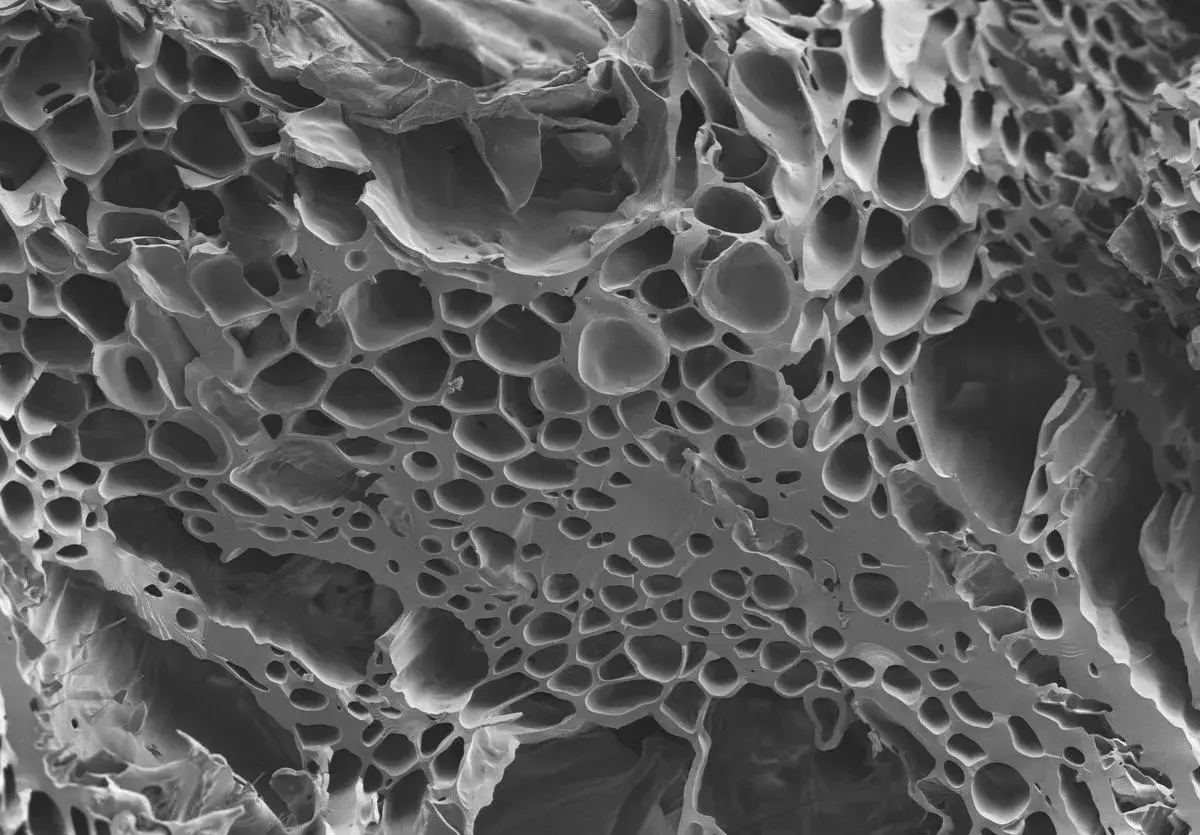
Biochar is a carbon-rich, porous material produced by pyrolyzing biomass under low oxygen. Its internal pore networks act as mini water reservoirs, holding moisture and releasing it slowly to the surrounding soil. Biochar also supports beneficial microbes. When blended with humic acids or compost, it becomes a strong soil conditioner.
One such product is GreenGro Earthshine (Biochar & Humic Acid Blend). This blend is pre-activated, designed to increase soil water retention, enhance nutrient exchange, and sequester carbon. Because of its porous structure, it helps maintain moisture in otherwise dry soils and mitigates rapid drying.
Detailed benefits:
-
The pores in biochar serve as micro-reservoirs of water.
-
Acts as a carrier for beneficial microbes and nutrients.
-
Helps buffer pH, reducing extremes in soil juvenile stress.
-
Over time, it becomes integrated into the soil matrix and contributes to longer-term resilience.
Use case & problem solved: In a garden with degraded topsoil and low organic matter, applying a biochar blend helps increase the soil’s water-holding capacity and reduce how fast the soil dries out in midday heat. If you plant shrubs or trees in that soil, their roots have access to retained moisture even during low rainfall periods.
2. Humic Acid & Fulvic Acid Products
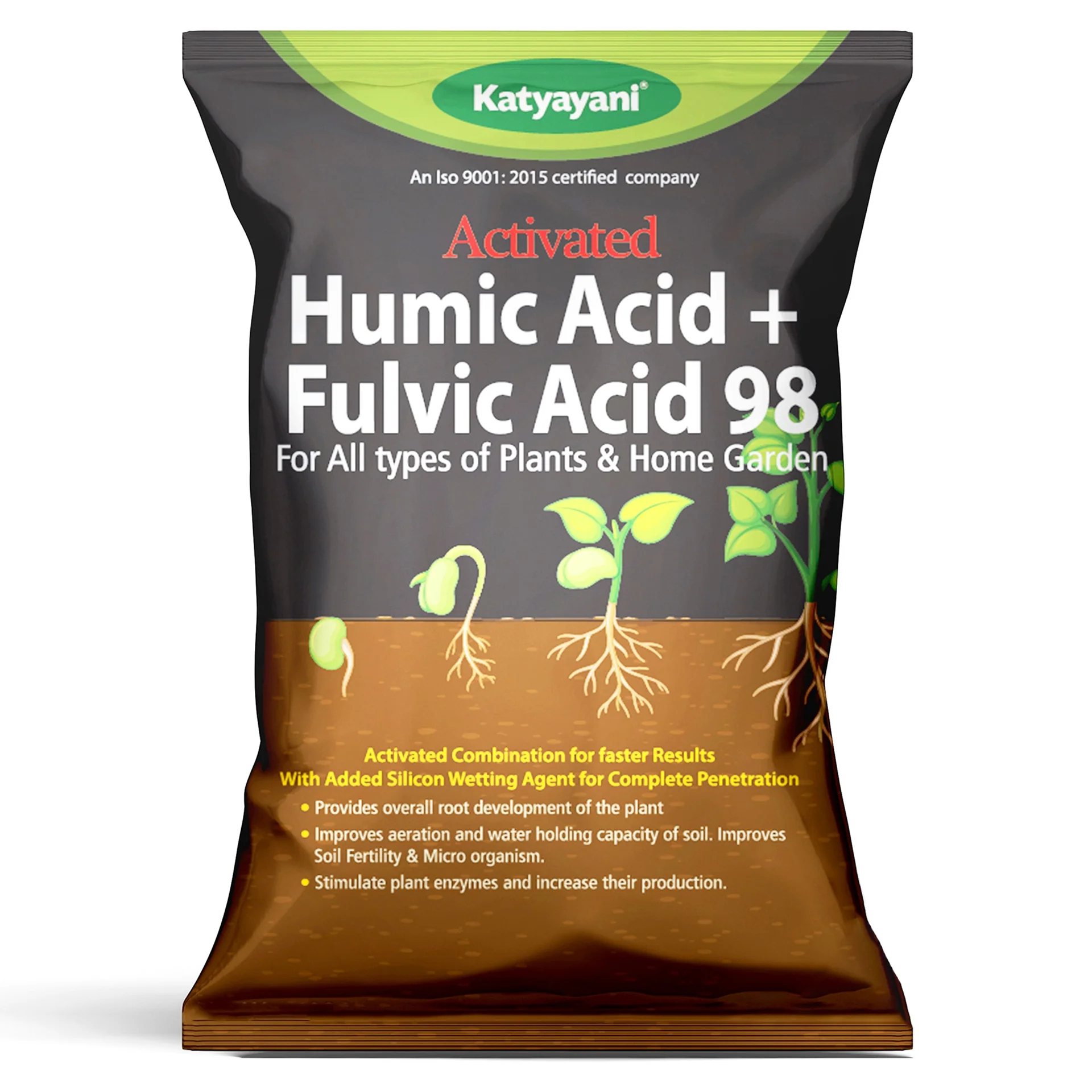
Humic Acid enhances the soil’s cation exchange capacity (CEC), improves nutrient retention, and helps soils retain water. It acts as a soil conditioner that increases structure and supports microbial life. A granular form is often easier to handle.
One such product: Down To Earth Granular Humic Acid. This product supplies concentrated humic substances that integrate into soil, improve nutrient uptake, and help maintain moisture.
Detailed explanation:
-
Humic acids form complexes with soluble nutrients so they remain available longer.
-
Improve soil structure by binding particles into aggregates.
-
Facilitate microbial growth, which further enhances soil function.
-
Mitigate salt stress and pH swings, which can worsen drought impacts.
Use case & problem solved: In a sandy soil that drains too quickly, adding humic acid can improve water retention and reduce the speed at which moisture escapes the root zone. It’s especially effective when used with mulch to extend moisture lifespan.
3. Coir & Fiber-Based Mulch Blocks
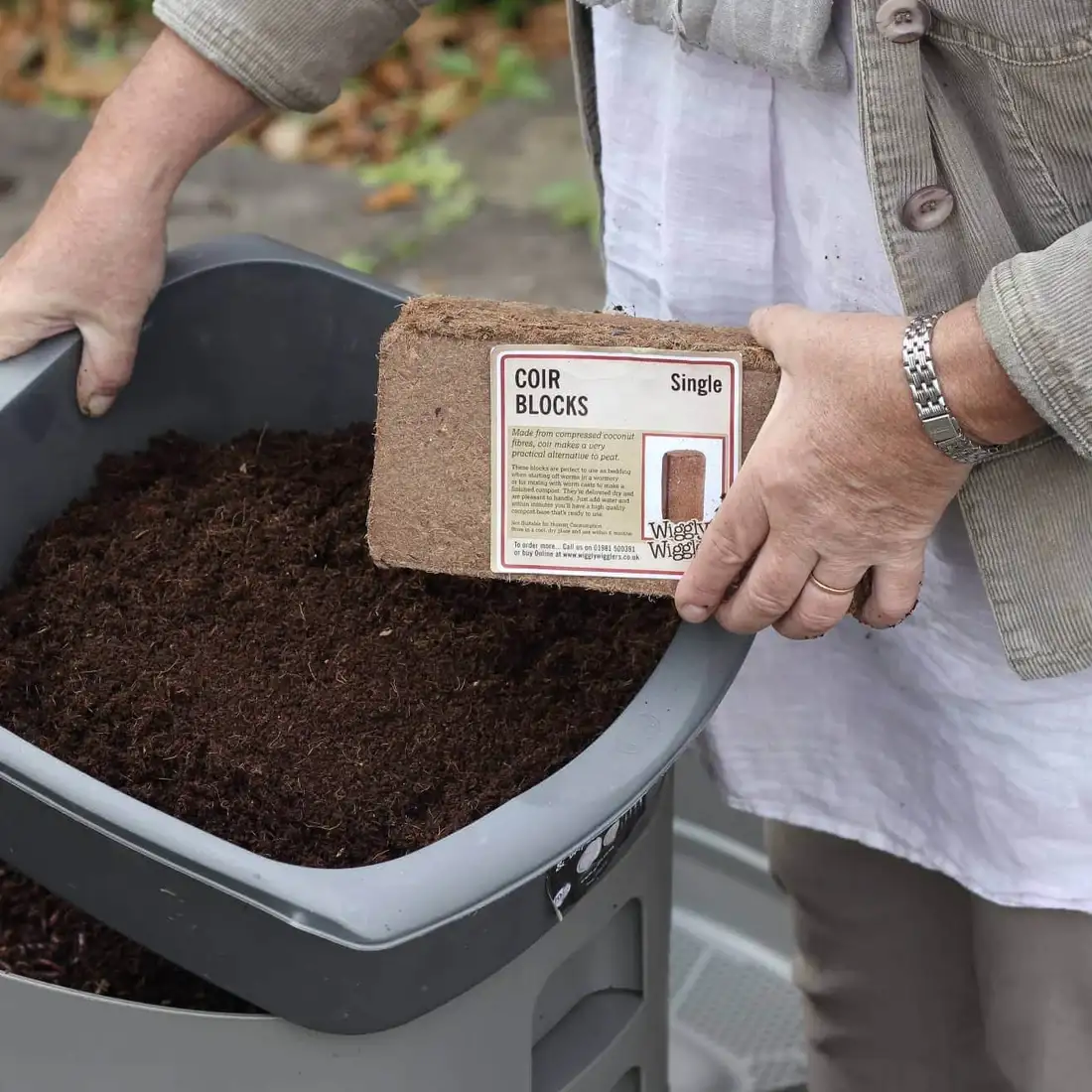
Coconut Coir (fiber from coconut husks) is a sustainable, fibrous material with good water-holding capacity and aeration. Coir-based mulch blocks expand when hydrated and can be integrated into a mulch layer or mixed into soil.
An example: Brunnings Mega Coir Feed & Mulch Block 90L. This compressed block expands and acts both as a mulch surface and a soil amendment. It adds organic matter, improves retention, and supports soil life.
Features & benefits:
-
Excellent water retention while maintaining airflow (reducing compaction).
-
Gradual decomposition ensures sustained organic matter.
-
Supports soil microbe activity.
Use case & problem solved: In container gardens or tight planting beds, a coir block can be mixed into topsoil and also applied as surface mulch. It provides both structure and moisture retention where soils otherwise stay dry.
4. Standard Organic Mulch:eWood chips
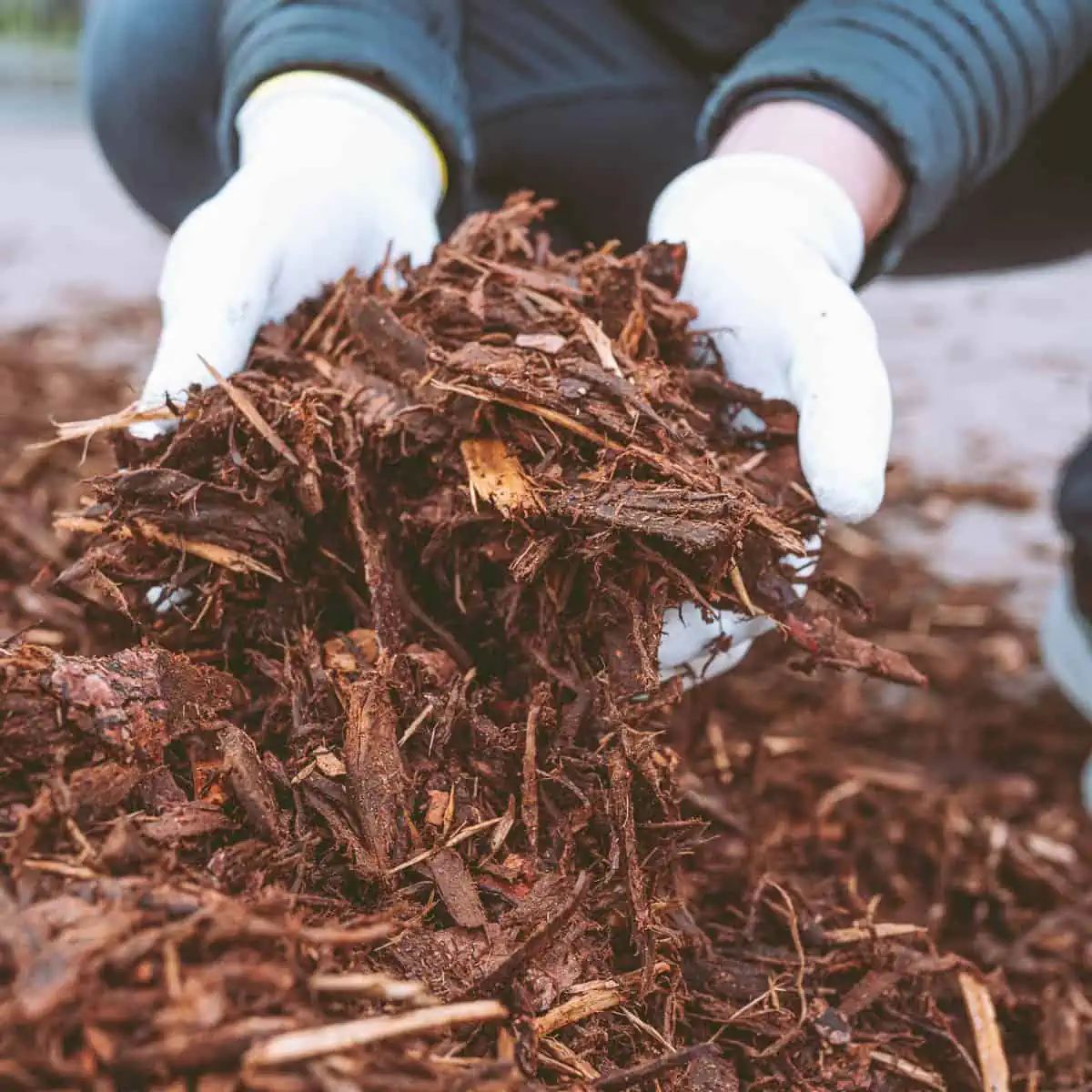
While “traditional,” Wood Chips remain among the most accessible and effective mulches for drought resistance. Their performance depends on depth, quality, and management.
Example product: Miracle‑Gro OrganicAll-Natural Mulch. This wood-based mulch is marketed for garden beds and helps with moisture retention, weed suppression, and eventual soil enrichment.
Detailed aspects:
-
Durable to break down slowly, giving lasting coverage.
-
Adds organic matter gradually as it decomposes.
-
Best when applied in a 2–4″ (5–10 cm) layer, not more than 5″ to avoid shading seedlings or impeding infiltration.
Use case & problem solved: In a landscape bed with shrubs and perennials, applying this mulch reduces topsoil evaporation, blocks weeds, and slowly improves soil quality. It solves the problem of needing frequent hand watering or choked soil surfaces in the sun.
5. Specialty Fine Mulch (Pine Bark Mulch Fines)
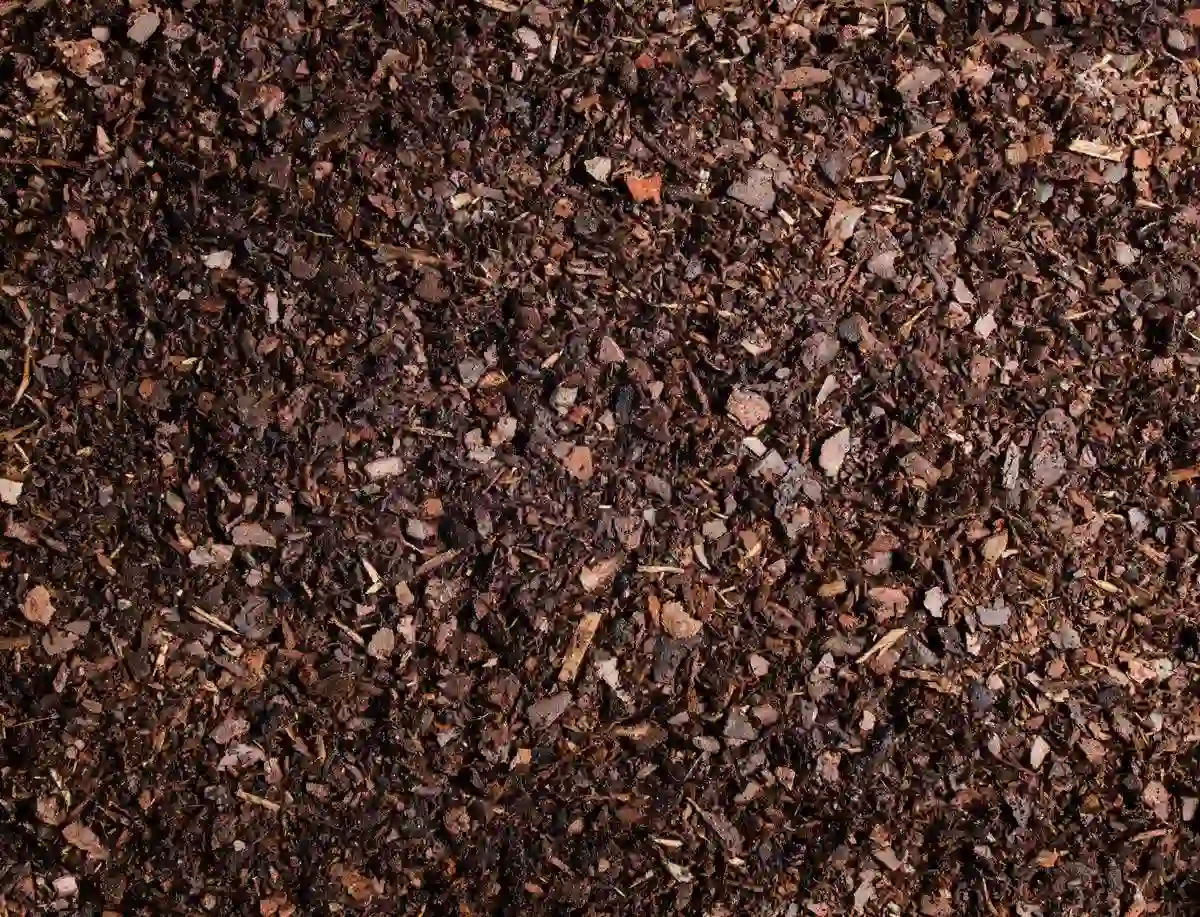
Especially in certain climates or aesthetic contexts, Pine Bark Fines Mulch is applied for topdressing, soil finishing, or in containers.
One local option: Uperfine Pine Bark Mulch. Though small-scale, it gives a fine texture and can be used in potted plants, containers, or sensitive beds.
Details:
-
Fine texture helps contact small soil pores.
-
It can integrate into the topsoil gradually.
-
Useful in landscapes where coarse chips would be too rough or unrefined.
Use case & problem solved: For potted or raised-bed ornamental plantings, superfine bark helps conserve moisture in small soil volumes. It solves the challenge of rapid drying in containers or shallow beds.
Integrating Mulch + Amendments: Best Practices & Techniques
Layering, Depth, and Timing
-
Apply mulch after the soil has warmed (usually late spring). In cooler soils, black plastic or bare soil helps warm faster; then mulch once growth begins.
-
Ideal depth is 2–4 inches (5–10 cm), depending on mulch type. Too little mulch loses effectiveness; too much can trap water or impede infiltration.
-
If mixing amendments, lightly scratch or incorporate them into the top few centimeters before mulching.
Mulch Renewal & Maintenance
Organic mulch decomposes. Plan to refresh or reapply portions annually (or semiannually) to maintain effective coverage. Pull back mulch slightly near stems to prevent stem rot or pests.
Combining with Irrigation & Moisture Technologies
-
Use drip irrigation or subsurface moistening systems under the mulch to deliver water directly to root zones.
-
Incorporate soil moisture sensors or tensiometers to avoid overwatering and adjust irrigation schedules based on actual need.
-
Use hydrogels (superabsorbent polymers) or moisture‑holding granules under mulch to absorb water and slowly release it into the soil. These can complement organic systems.
Microzonation, Zoning & Priority Areas
-
Identify highest‑value plant zones (rare, expensive species) and give them deeper mulch, better amendments, and priority irrigation scheduling.
-
Use mulch in less critical zones too, but perhaps lighter coverage.
-
In sloped areas or erosion zones, heavier mulch or even anchored mulches (netting, biodegradable fabric) help stabilize soil.
Innovations & Advanced Techniques
-
Superhydrophobic sand mulch: In arid trials, a thin layer of sand treated to repel evaporation significantly reduced water loss and boosted yields.
-
Vertical mulching or trenching: Dig narrow trenches and fill with organic materials (compost, mulch) to channel water deeper into the profile. This breaks hardpan and allows roots to exploit deeper moisture.
-
Sheet mulching (layered no-dig method): Lay cardboard or newspaper, then compost and mulch, mimicking forest floor processes, suppresses weeds, and builds soil in situ.
-
Living mulches/cover crops: Low-growing cover crops between main plants serve as living mulch, protecting soil and adding biomass.
Use Cases & Problem Solving
Use Case A: Residential Dry-Climate Landscape
In a suburban garden in a dry region, the homeowner applies a 3-inch layer of wood chip mulch (e.g., Miracle-Gro Organic All Natural Mulch) over shrub beds. Beneath that, a biochar-humic blend (GreenGro Earthshine) and humic acid granular product (Down To Earth) are incorporated into the topsoil. Drip irrigation lines are laid under mulch. The combined system reduces evaporation and improves soil retention so that watering routines drop from daily to twice weekly even through summer heat.
Problem solved: Reduced water bills, healthier shrubs that no longer show heat stress, and less weed competition.
Use Case B: Container Gardens & Planters
In rooftop or balcony containers, moisture stress is frequent. The gardener uses coir block (Brunnings Mega Coir Feed & Mulch Block) integrated into potting mix and top-dressed with superfine pine bark (Media Tanam mulch). A light wood-chip mulch (Miracle-Gro) is also added. The layered system retains moisture, reduces soil temperature, and supports root resilience.
Problem solved: Containers no longer dry out within a day; plants survive heat waves with minimal oversight.
Use Case C: Slope Stabilization in Arid Zones
On a hillside prone to erosion, the landscaper trenches vertical channels and fills them with organic compost and mulch. Over the surface, thick mulch is anchored with biodegradable netting. Biochar-infused soil amendments help increase infiltration. Rainfall is captured and channeled downwards, stabilizing soil and feeding root systems.
Problem solved: Erosion is controlled, slope stays vegetated, and water is stored in the soil profile rather than running off.
Use Case D: New Garden Establishment in Drought Region
A developer preparing a luxury garden in a dry climate starts by sheet mulching the area (cardboard + compost + mulch), then layers biochar and humic products. They plant young shrubs and trees, then apply a generous mulch layer. Over time, soil builds fertility and moisture-holding capacity, reducing reliance on irrigation while creating a lush, resilient landscape.
Problem solved: The landscape matures faster, requires less water long term, and delivers a premium appearance under drought conditions.
How to Buy and Where to Buy
Buying Steps & Criteria
-
Climate and soil compatibility check: Ensure the product will function in your region (heat, pH, drainage).
-
Grade and certification: Choose horticultural-grade, composted, low-salt amendments; check for contaminants.
-
Application size and packaging: Buy quantities that match your garden scale (bulk vs bag).
-
Understand the blending and mixing: Some products need mixing into soil; others are topdressed.
-
Check shipping and supply chain: Mulch and soil products are heavy; local sources reduce cost and carbon footprint.
-
Trial patch first: Try a small area before applying broadly to see how the soil and plants respond.
Suggested Products & Links
-
GreenGro Earthshine (Biochar & Humic Acid Blend) – high-performance blend for water retention and soil conditioning.
-
Down To Earth Granular Humic Acids – concentrated humic supplement to improve soil structure and moisture dynamics.
-
Brunnings Mega Coir Feed & Mulch Block 90L – coir-based block useful as both amendment and mulch.
-
Miracle‑Gro Organic All-Natural Mulch – wood-based organic mulch for general garden use.
-
Media Tanam ‑ Superfine Pine Bark Mulch – fine bark mulch ideal for containers or precise topdressing.
Also, check with local nurseries, soil suppliers, hydroponic stores, or garden centers. Bulk co-ops or municipal compost centers may supply mulch or compost affordably.
Frequently Asked Questions
Q1: How thick should mulch be for the best drought protection without impeding infiltration?
A1: For typical organic mulches, 2–4 inches (5–10 cm) is optimal. Less may not sufficiently reduce evaporation; more than 5 inches can inhibit water from entering the soil, especially from light rain. Always pull mulch slightly away from plant stems to prevent rot.
Q2: Do I need to remove mulch every season?
A2: No. Organic mulch decomposes gradually and can be refreshed rather than removed. You can top up or turn it lightly. Only remove or thin it if it becomes compacted, moldy, or impedes water penetration.
Q3: Can mulch ever harm plants by blocking water entry?
A3: Yes, especially if the mulch is too dense, hydrophobic, overly thick, or not refreshed. Also, some coarse bark or large chips can absorb water before it reaches the soil in light rains. To avoid this, use mixes of particle sizes, ensure good contact with the soil, and water heavily after application to settle the layer.


